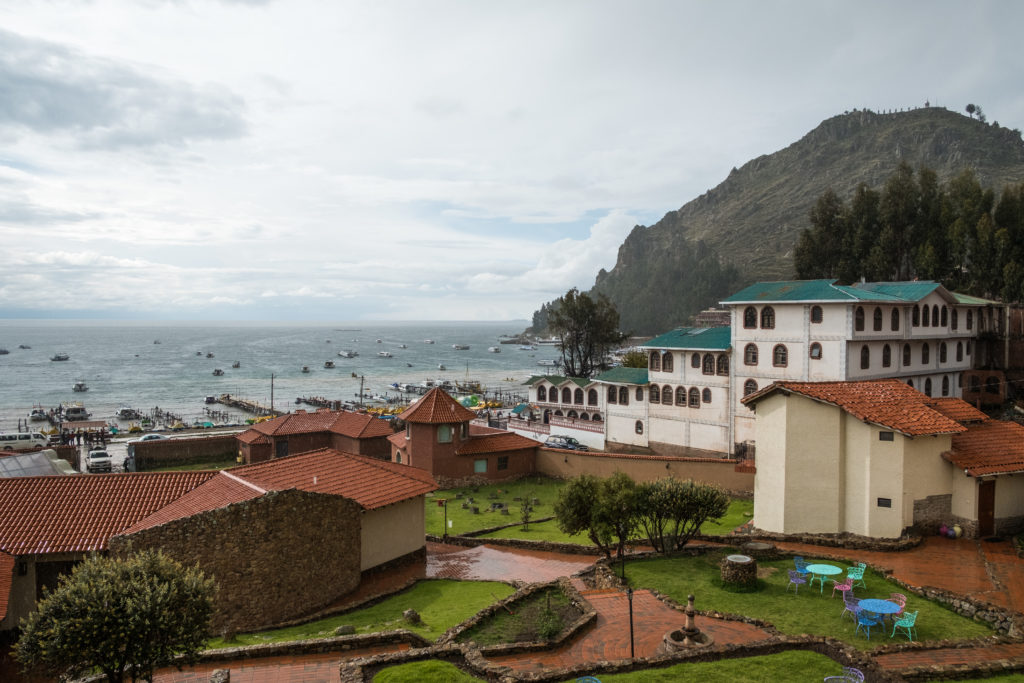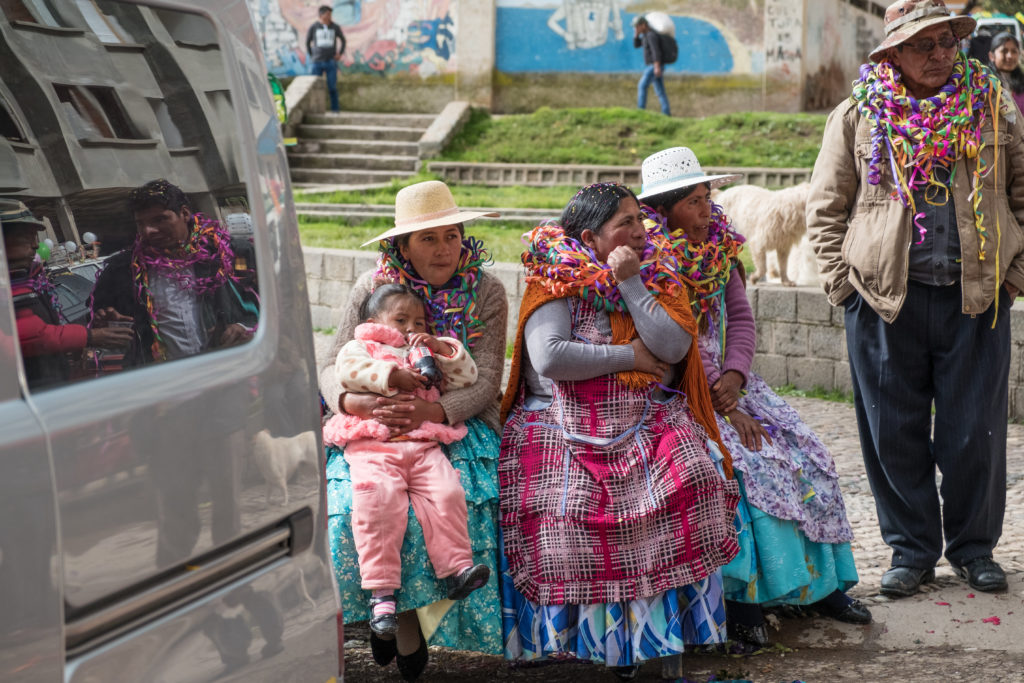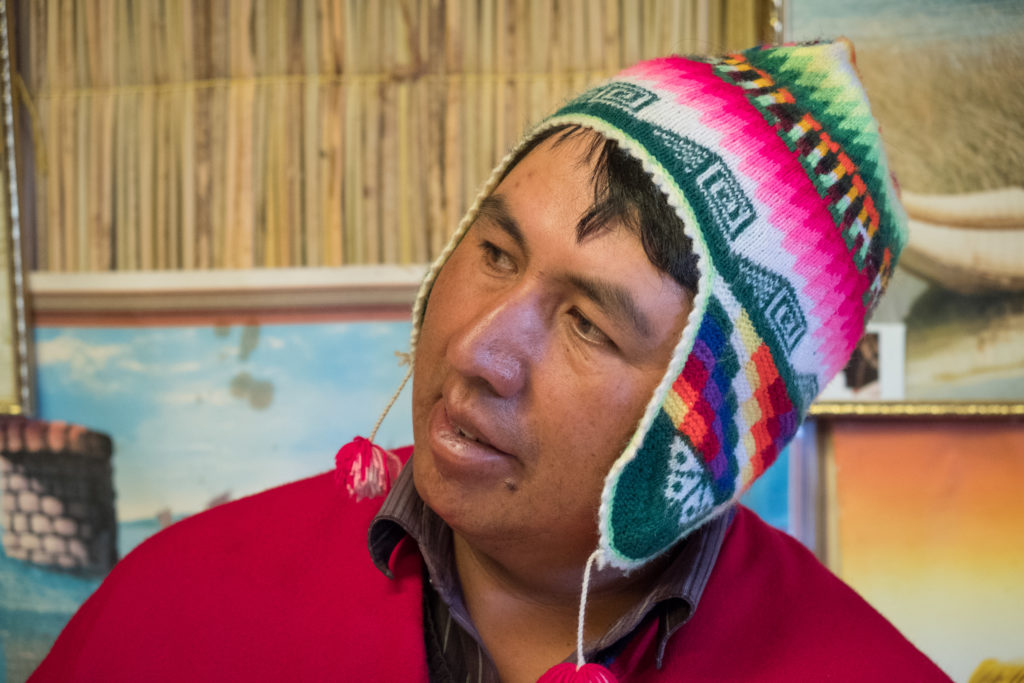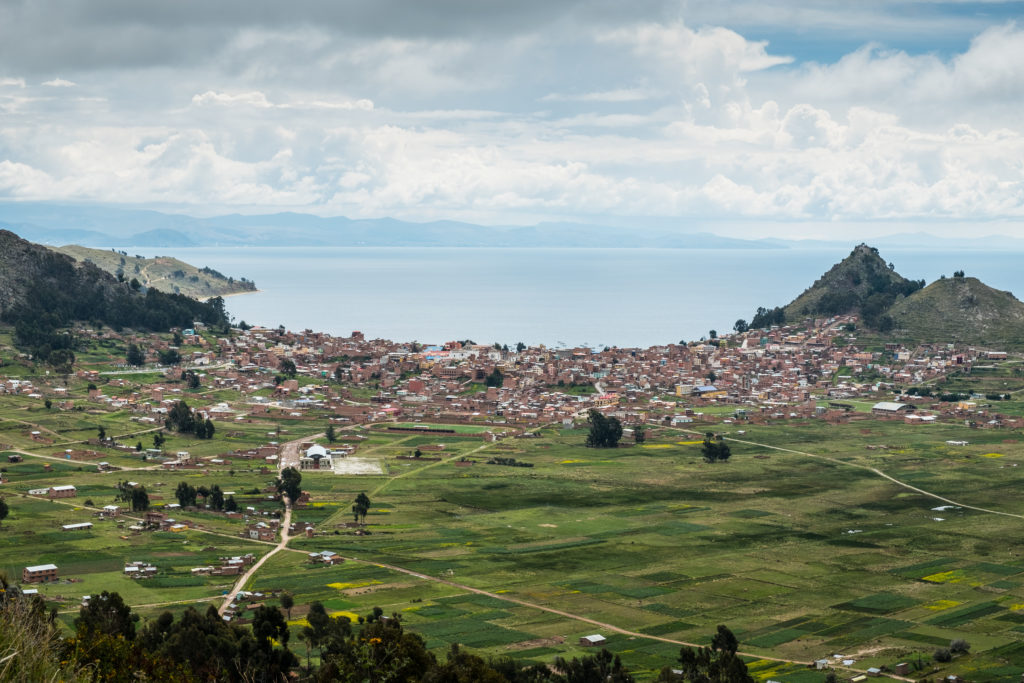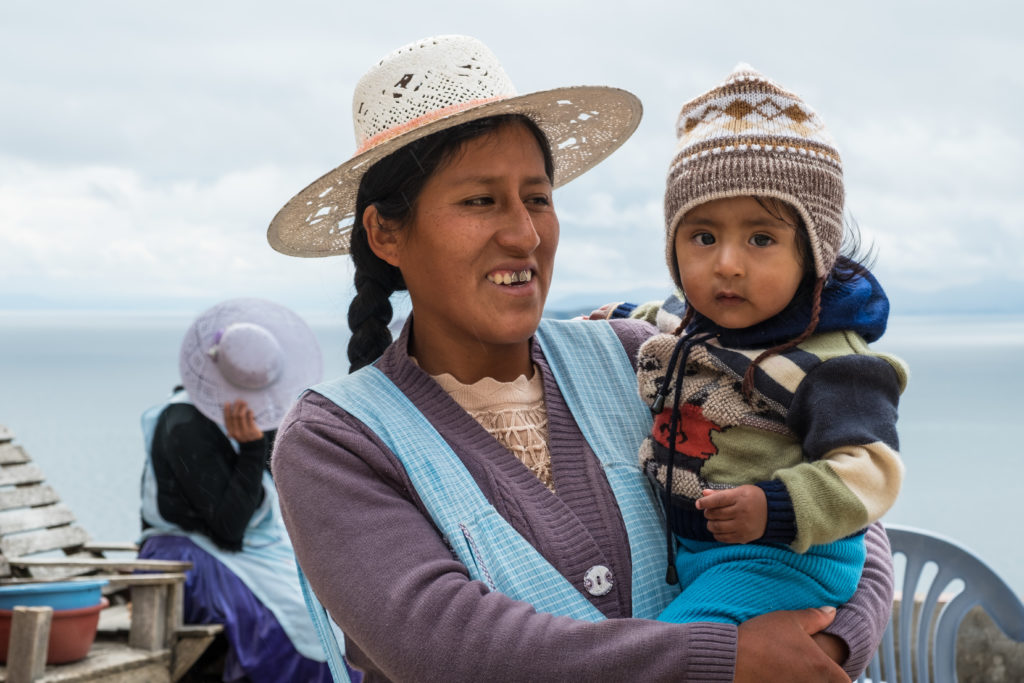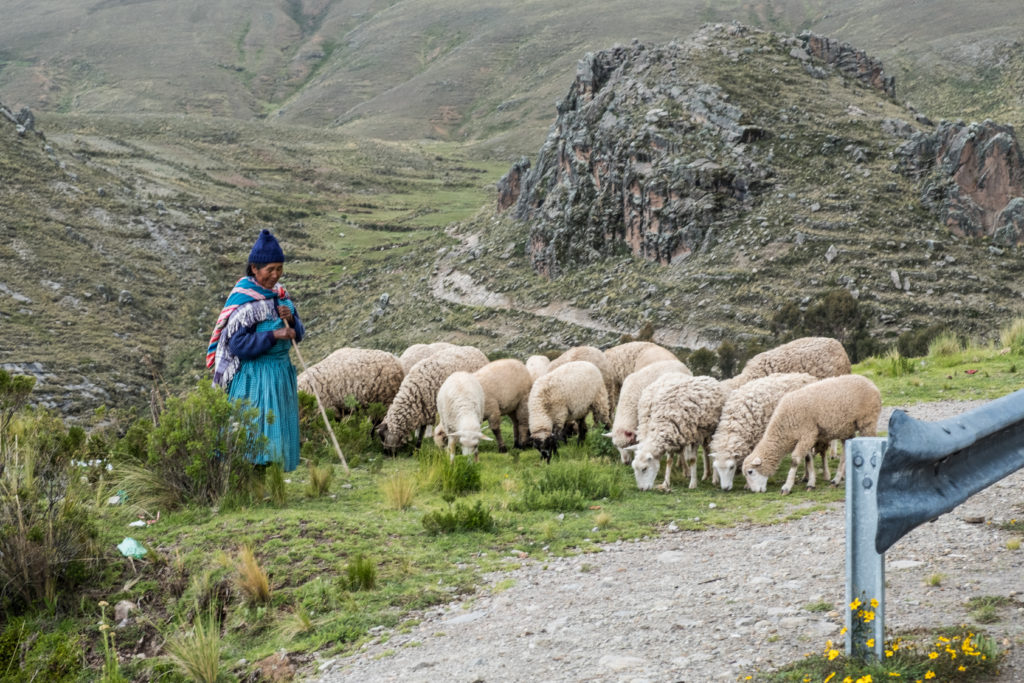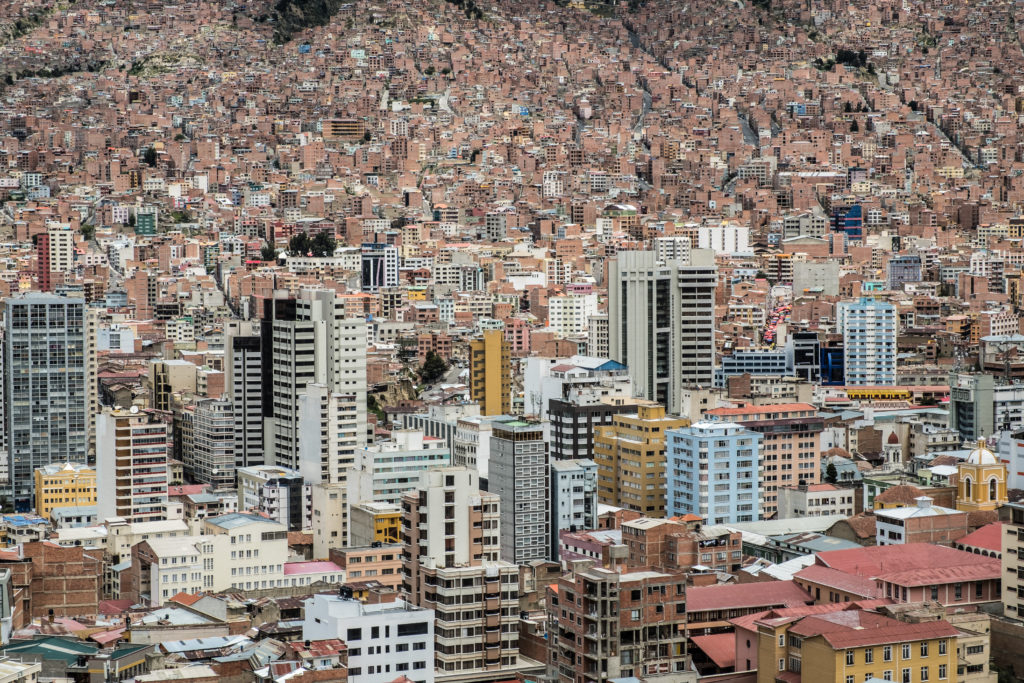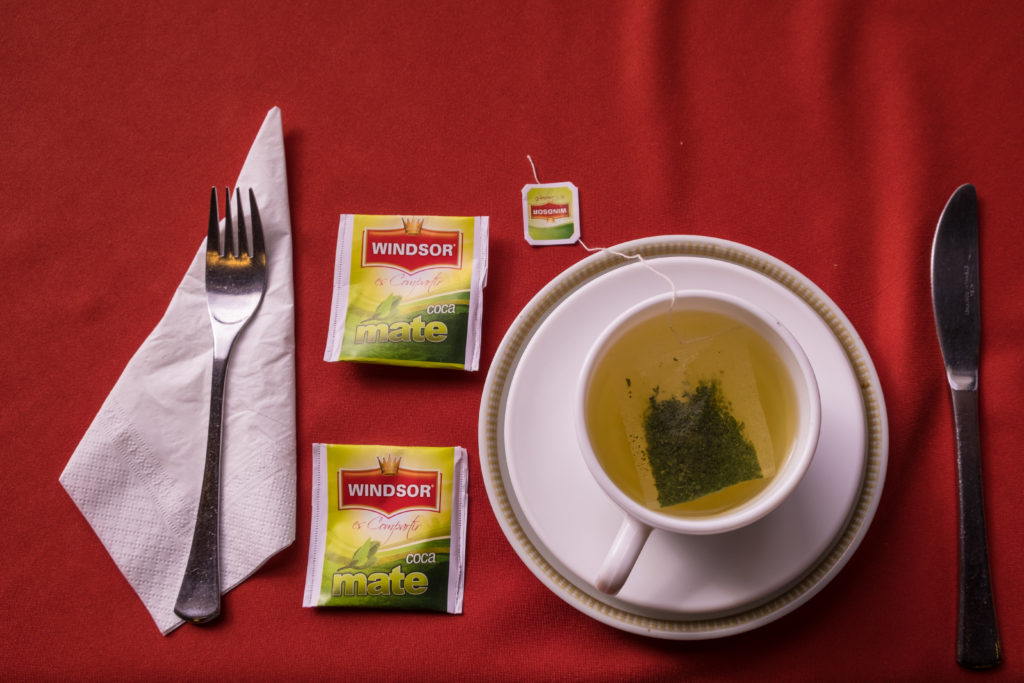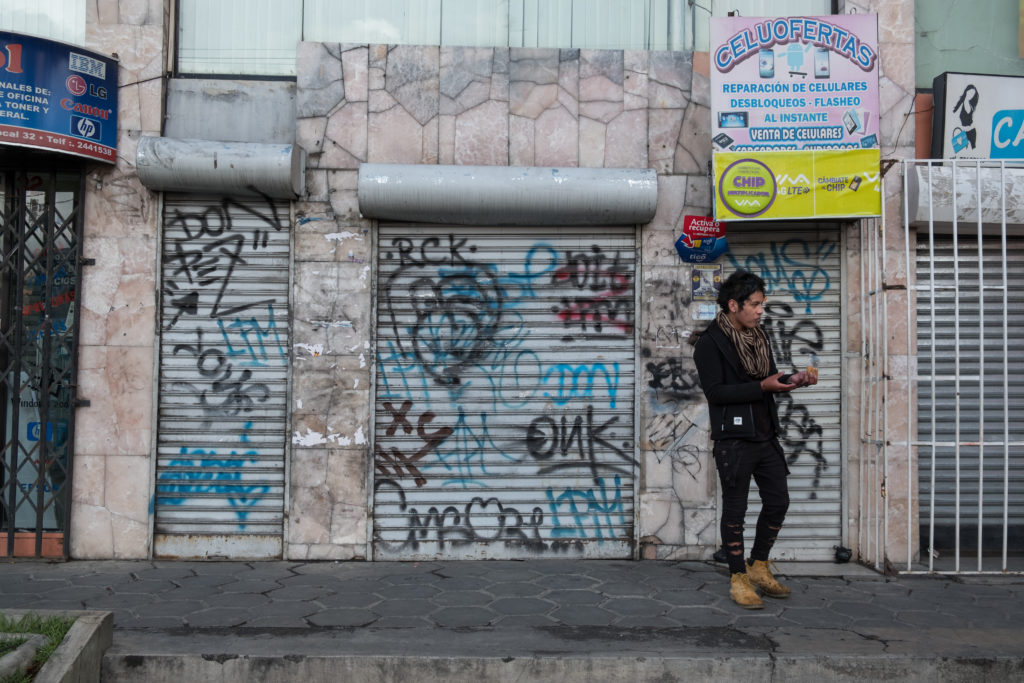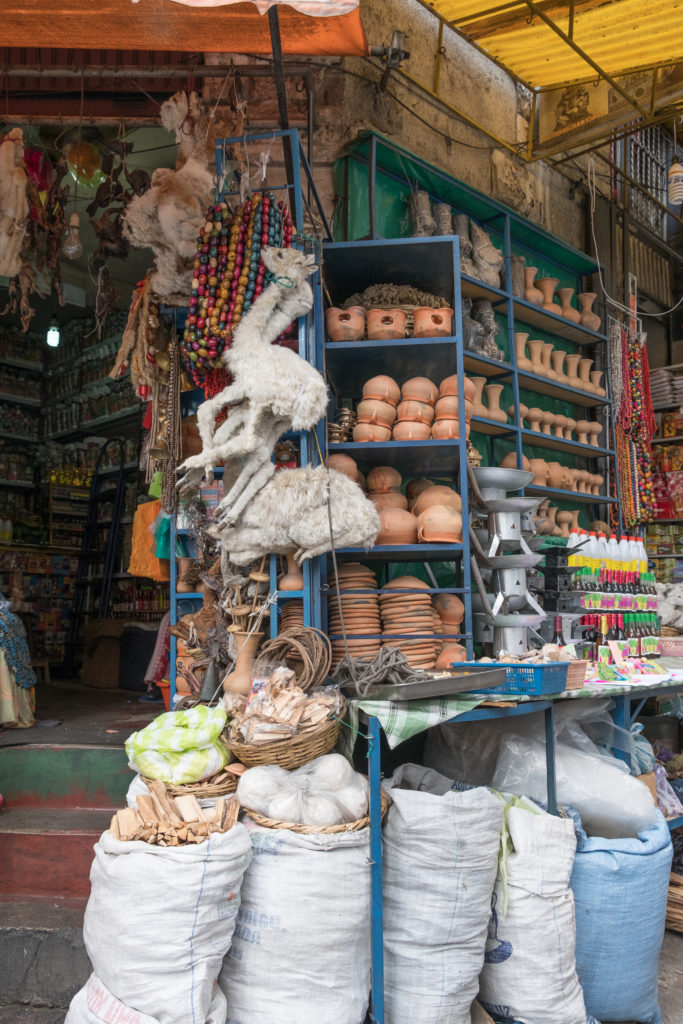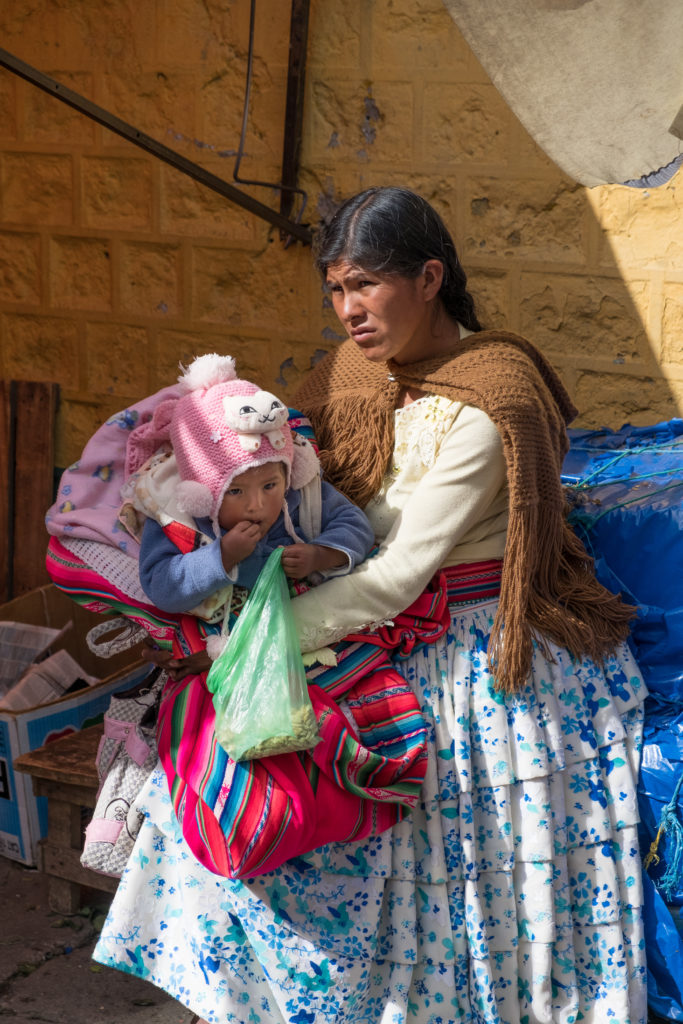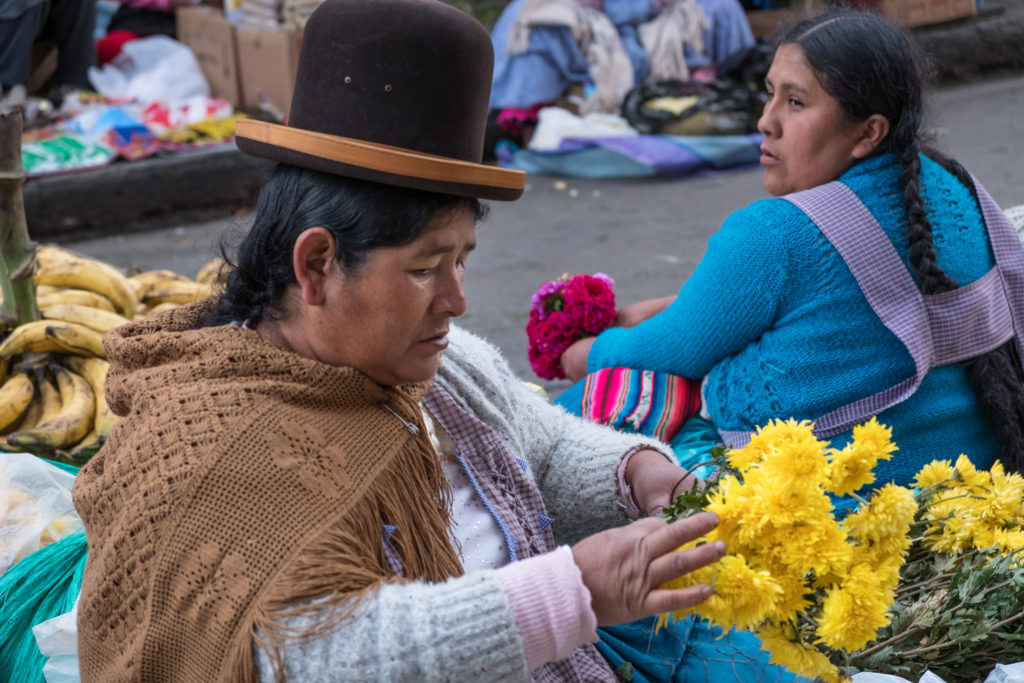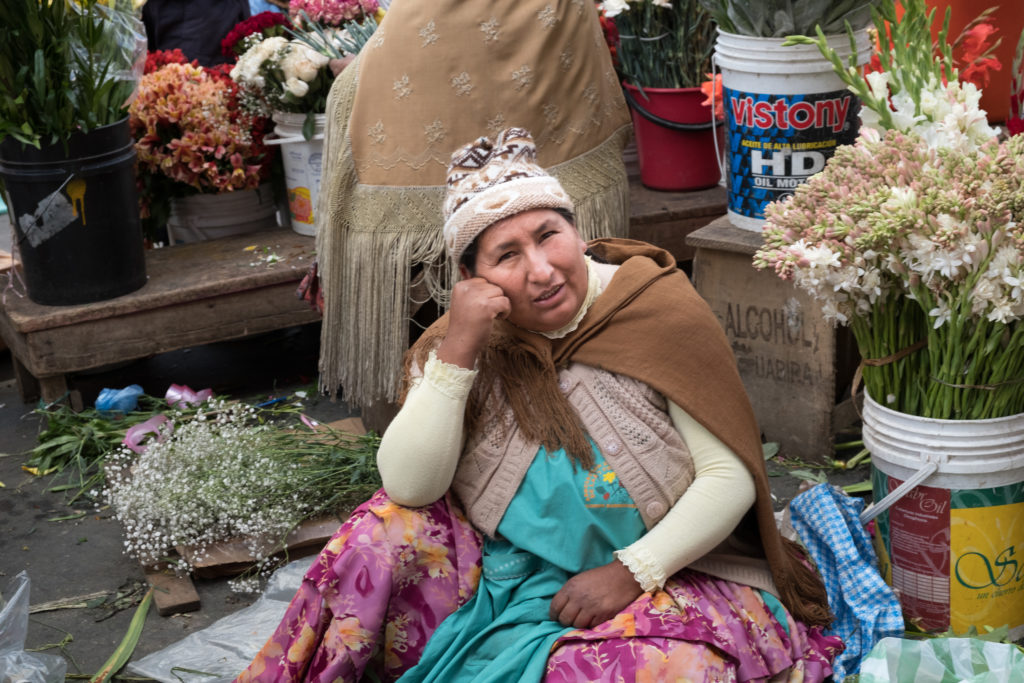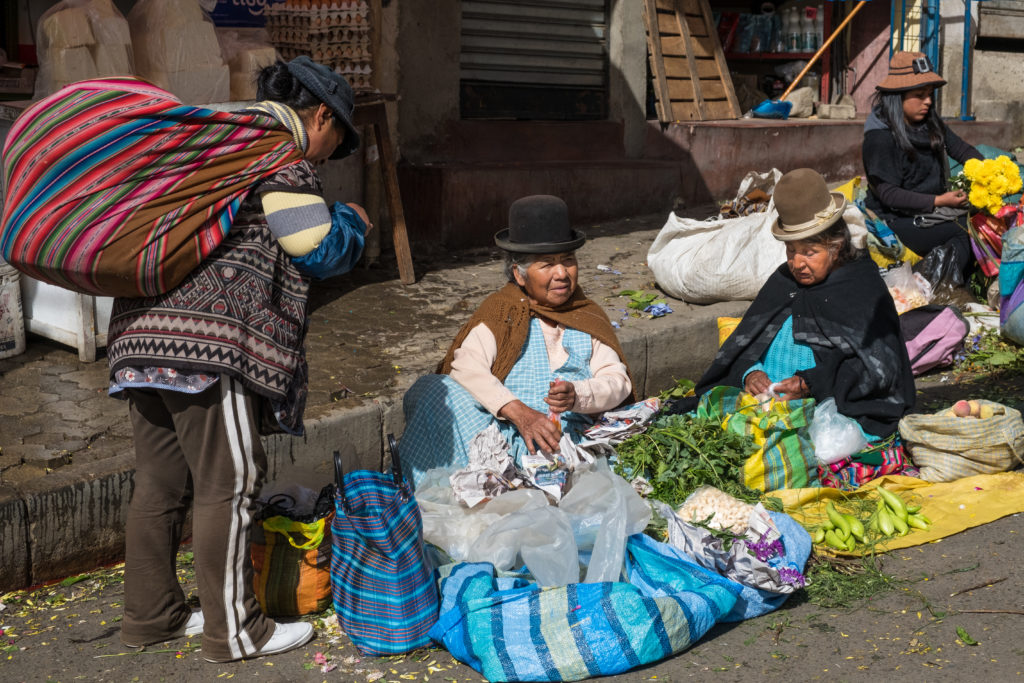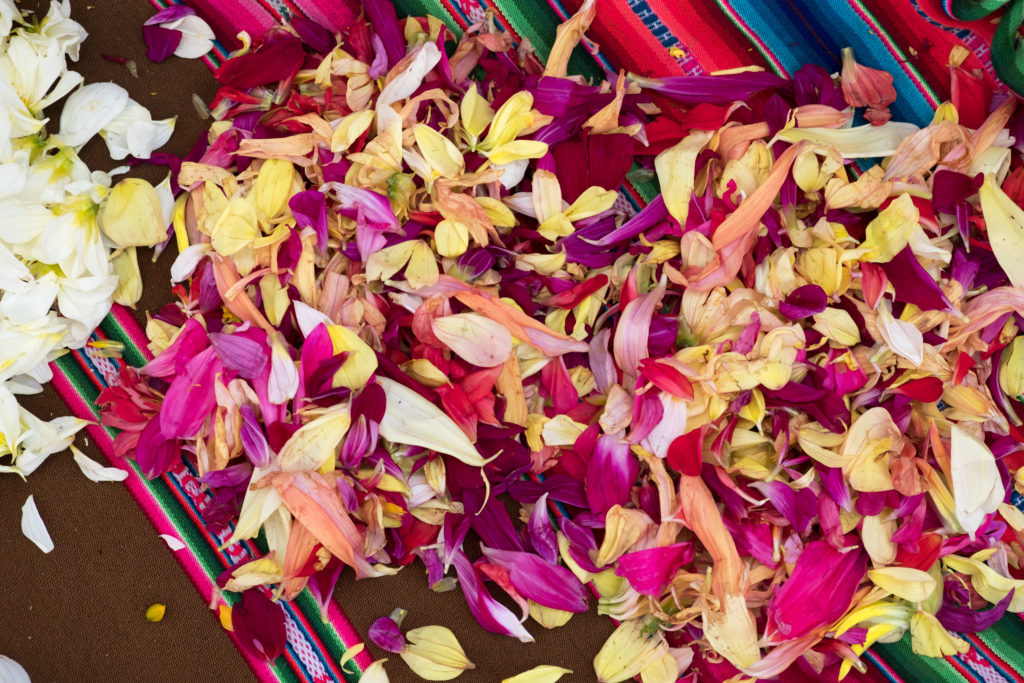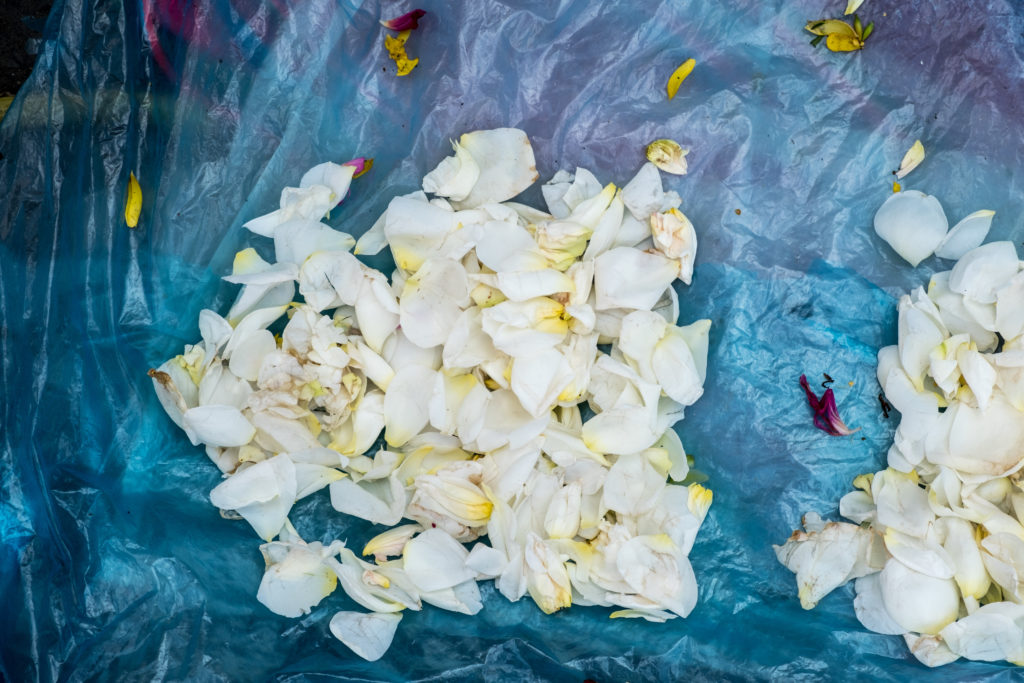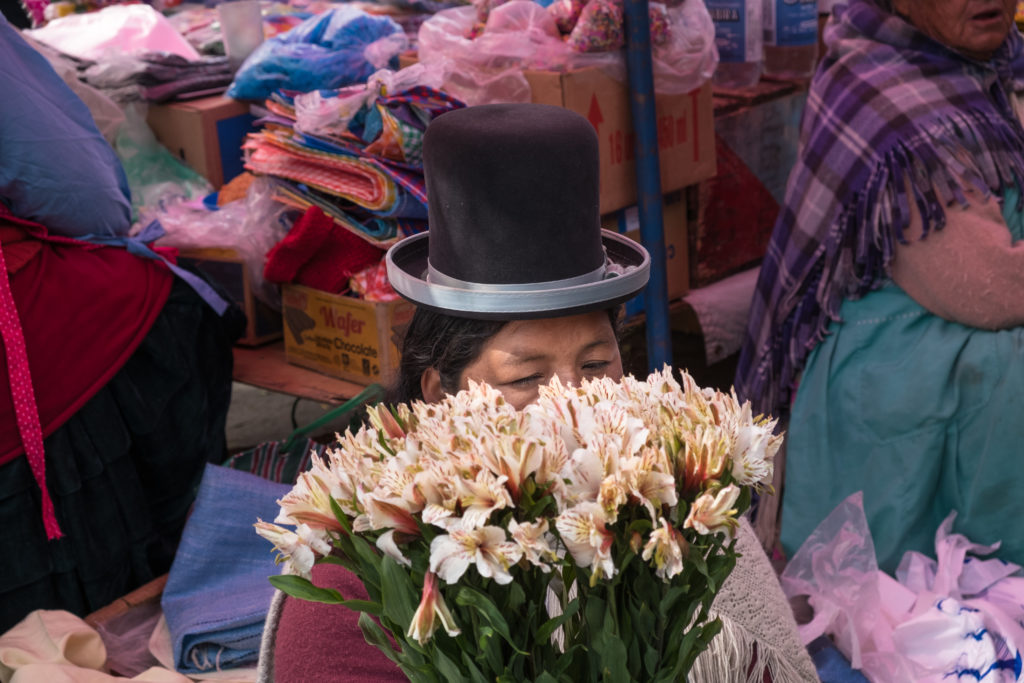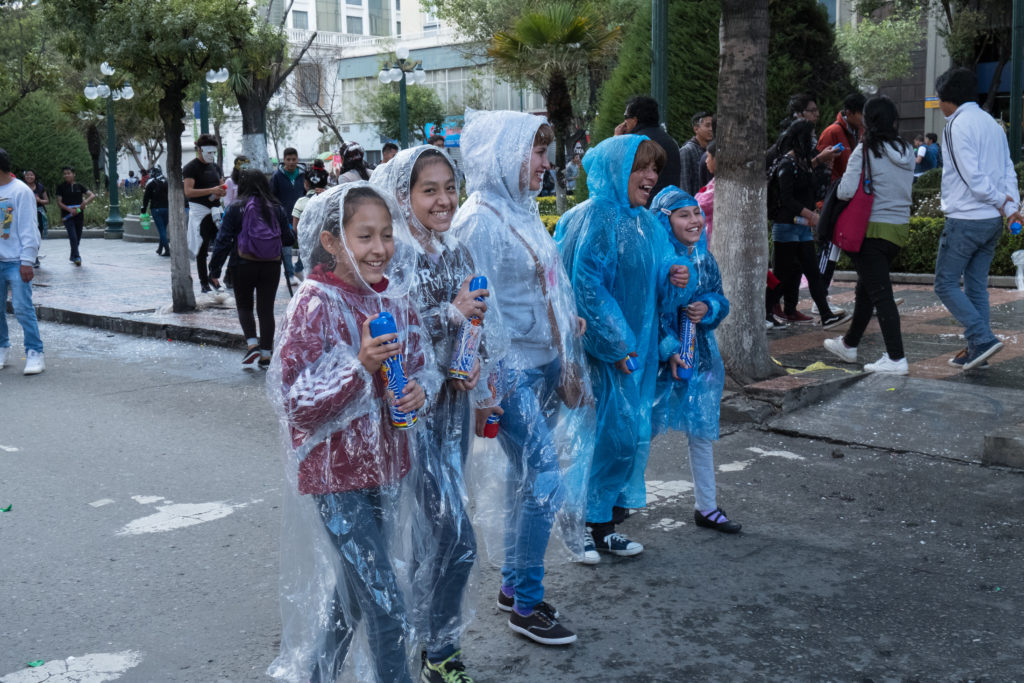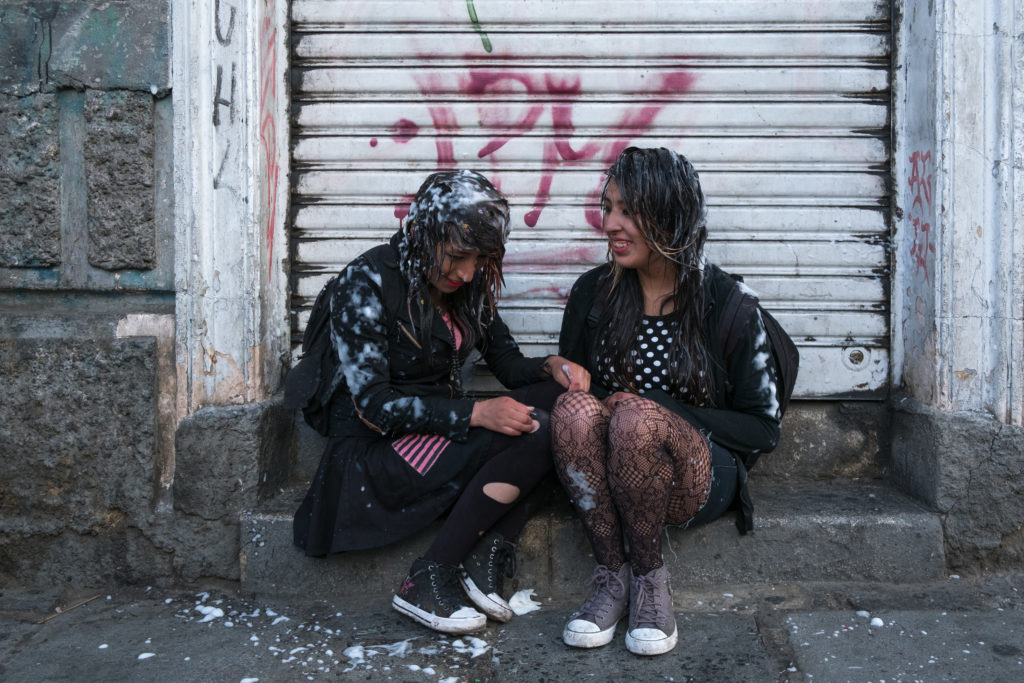
(text is adapted from the travel journal of Lynn Shaw)
Bolivia is one hell of a country to get around in, what with the mountains, rugged terrain, and crappy roads. The 148 km (92 mile) trip from La Paz to Copacabana, on the southern shore of Lake Titicaca, takes well over four and a half hours.
En route to Copacabana one can visit indigenous people whose ancestors have lived around Lake Titicaca for millennia. They are known for their use of balsas, traditional boats handcrafted from totoro, the marsh reeds that grow in the shallow water around the shore. These crafts are used for fishing and are sometimes affixed with sails, also made from reeds. They are the same design as the Kon Tiki and Ra II, Thor Heyerdahl’s boats, when he tried to replicate the voyage from Peru to French Polynesia. In fact, the father of the man who gave a demonstration on how the reeds were woven to construct the boats had met with Thor Heyerdahl when he visited Lake Titicaca. There were many pictures on the walls documenting this meeting.
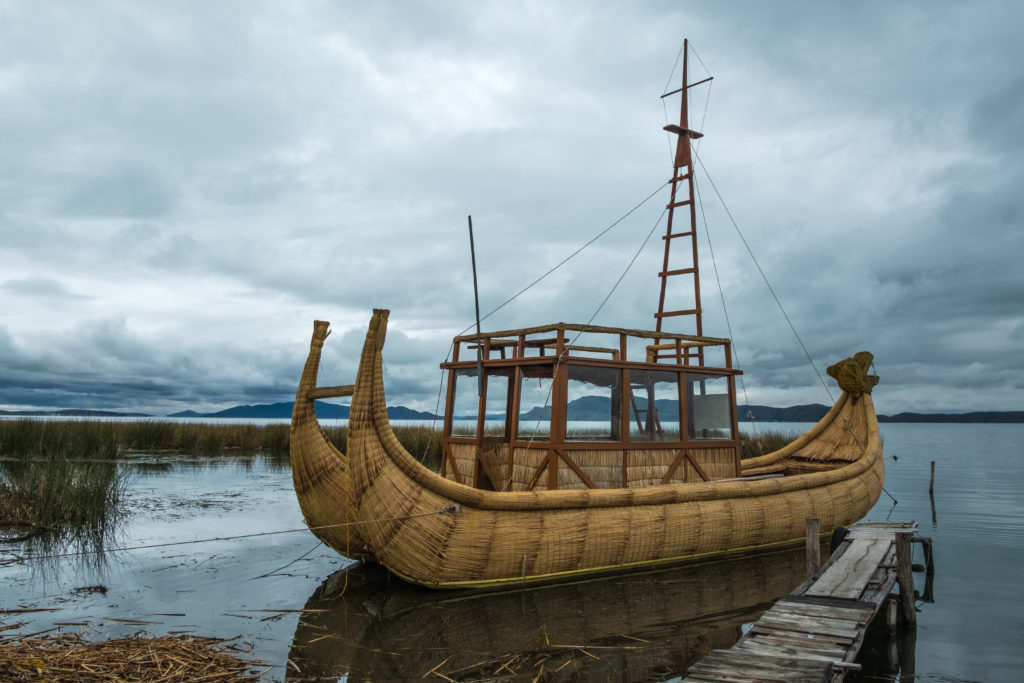
Lake Titicaca is a large, deep lake in the Andes on the border of Bolivia and Peru. By volume of water and by surface area, it is the largest lake in South America. It is often called the “highest navigable lake” in the world, with a surface elevation of 3,812 metres (12,507 ft).
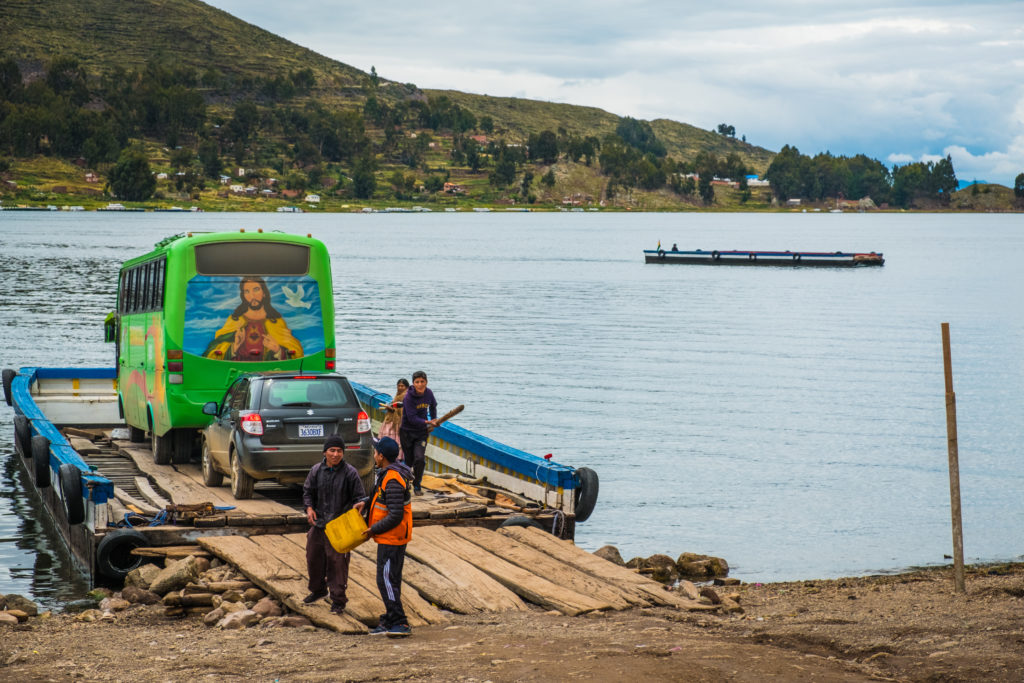
Copacabana is the main Bolivian town on the shore of Lake Titicaca. The town is known for its famous Basilica, home of the Virgin of Copacabana, its trout, and its quaint atmosphere. Built between Mount Calvario and Mount Niño Calvario, the town has approximately 6,000 inhabitants. Boats leave for Isla del Sol from Copacabana, where one can experience the sacred Inca island from Copacabana.


Isla del Sol (Island of the Sun) is an island in the southern part of Lake Titicaca. Just a short boat ride from Copacabana, one can take beautiful hikes on the island and visit the local villages. After hiking, one can dine at a local restaurant that definitely is farm to table cuisine. Local meals include fava beans, jumbo kernel corn, white, black, and dehydrated potatoes. There are as many as 1000 varieties of potatoes, and of course, the delicious pink trout the Lake Titicaca is famous for.

Geographically, the terrain is harsh; it is a rocky, hilly island with many eucalyptus trees. There are no motor vehicles or paved roads on the island. According to Andean legend, a pair of gods rose from the waters to found the Inca empire and the Indian people who live in small settlements around the lake believe that the Island of the Sun is the site of this mythic moment of creation. The island is currently home to indigenous families who farm the ancient agricultural terraces.
Hotel Rosario, a boutique hotel in Copacabana on the shore of Lake Titicaca is gorgeous, every room in different Andean design, a great view of the Lake, and delicious fresh pink salmon/trout for dinner. After dinner one can stroll around the beautiful town. When the local residents celebrate Carnivale, everyone decorates their minivans with flowers, balloons and streamers, and conduct ceremonies in the town square. The whole town smells of alcohol, Chicha to be exact, the corn home brewed beer. Obviously, drinking plays a big part of the ceremony of blessing the car, and why shouldn’t it?
